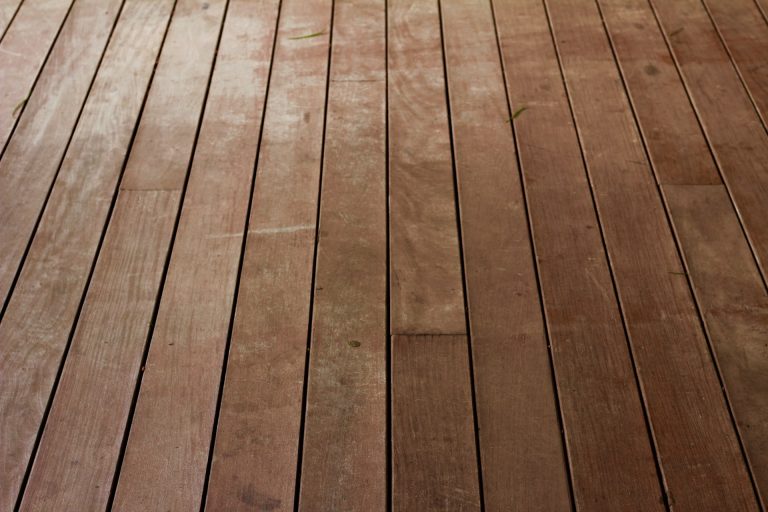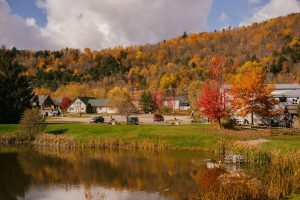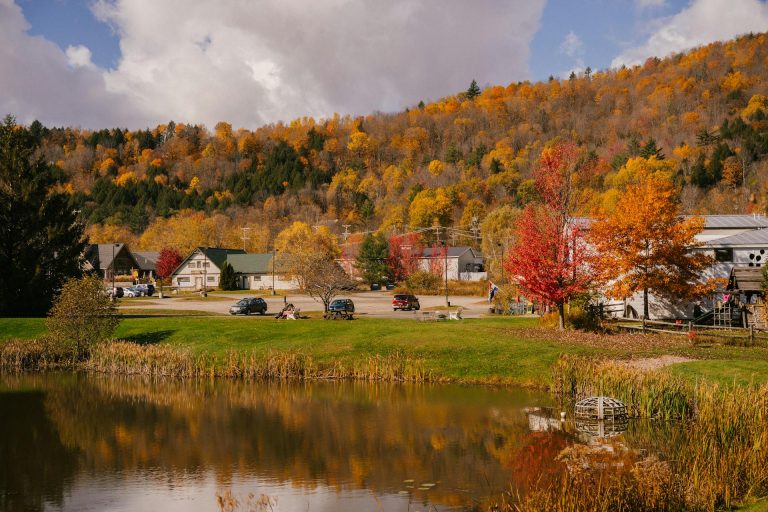Removing old paint from hardwood flooring is a task that can seem daunting at first. The challenge lies in the delicate nature of hardwood, which can be easily damaged if not handled correctly. Paint stains, whether from a recent mishap or an old renovation, can tarnish the natural beauty of your floors. Old paint can penetrate deeply into the wood grain, making it difficult to remove without affecting the integrity of the flooring.
Tools and Materials Needed to Remove Old Paint
With the right tools and materials, removing old paint from your hardwood floors becomes a much more manageable task. Taking the time to prepare properly not only protects your flooring but also ensures a smoother and more professional finish. For those looking for a fast and reliable solution, 1 DAY Refinishing in Charlotte, NC can restore your floors efficiently without major disruption.
Essential Tools
- Scrapers: Plastic or metal scrapers are useful for peeling off paint without scratching the wood.
- Heat Gun or Infrared Paint Remover: These tools are effective for loosening paint without chemicals.
- Sandpaper: Various grits are necessary for smoothing and refinishing the wood post-paint removal.
Necessary Materials
- Paint Remover or Stripper: Choose a product suitable for your type of paint and hardwood.
- Protective Gear: Gloves, masks, and goggles to ensure your safety.
- Drop Cloths and Tape: To protect surrounding areas from spills and scratches.
Having these tools and materials on hand will prepare you for each step of the process, from initial paint removal to the final refinishing. Ensuring you have the correct items will not only streamline the task but also safeguard your flooring from unnecessary damage.
Step-by-Step Guide to Remove Old Paint from Hardwood Flooring
Embarking on the task to remove old paint from hardwood flooring involves a series of detailed steps. Each phase is crucial to ensure the paint is removed without damaging the wood beneath.
Step 1: Preparation
Begin by clearing the area of any furniture and covering adjacent surfaces with drop cloths. Ventilate the room by opening windows or using fans. This step is crucial if you plan to use chemical strippers, as they can emit harmful fumes.
Step 2: Paint Removal
- Mechanical Method: Start with a scraper to gently lift paint from the surface. Utilize a heat gun for stubborn areas, taking care not to scorch the wood.
- Chemical Method: Apply a suitable paint remover with a brush, following the manufacturer’s instructions. Allow it to sit before scraping away the softened paint.
Step 3: Cleaning
Once the paint is removed, clean the surface with a damp cloth to remove any residue. Use gentle soap if necessary, but ensure the floor is thoroughly dried to prevent water damage.
Following these steps methodically will ensure that you effectively remove the paint while preserving the quality and appearance of your hardwood flooring.
Best Methods for Removing Old Paint: Chemical vs. Mechanical
Choosing between chemical and mechanical methods for removing old paint from hardwood flooring depends on several factors, including the type of paint and your comfort level with each approach.
Chemical paint removers, or strippers, are effective for breaking down paint layers, making them easier to remove. They are especially useful for intricate areas where scraping might not reach. However, these products can be harsh and require careful handling to avoid damaging the wood or affecting your health due to fumes.
Mechanical removal involves physically scraping off the paint or using heat to loosen it. This method is advantageous as it doesn’t involve chemicals, making it safer for you and the environment. However, it requires more physical effort and precision to avoid scratching or gouging the wood.
Considerations
- Environmental Impact: Chemical removers can be toxic, whereas mechanical methods are typically more eco-friendly.
- Time and Effort: Mechanical methods are labor-intensive, while chemical removers can expedite the process.
- Effectiveness: For thick or stubborn paint, a combination of both methods may be necessary.
Choosing the right method involves weighing these factors and considering the specific conditions of your project. Each approach has its strengths and potential drawbacks, so select the one that aligns best with your needs and capabilities.
Safety Precautions When Removing Paint from Hardwood Floors
Safety should be your top priority when removing old paint from hardwood flooring. Both chemical and mechanical methods pose certain risks that need to be addressed to ensure a safe working environment.
Always wear appropriate protective gear, including gloves, goggles, and masks. Gloves protect your skin from chemicals and splinters, while goggles shield your eyes from debris. Masks are essential, especially when using chemical strippers, to avoid inhaling toxic fumes.
Ensure proper ventilation in the area where you’re working. Open windows and doors, use fans, or employ an air purifier to maintain airflow. This is particularly important if you’re using chemical removers, as they can emit hazardous gases.
Handling Tools and Chemicals
- Tools: Use tools as directed and keep them in good condition to prevent accidents. Ensure heat guns are not left unattended and are used at a safe distance from the wood.
- Chemicals: Follow the manufacturer’s instructions meticulously. Keep chemicals away from children and pets, and dispose of them responsibly after use.
How to Repair and Refinish Hardwood Flooring After Paint Removal
After successfully removing old paint from your hardwood flooring, it’s crucial to repair and refinish the surface to restore its original beauty. This process will not only enhance the aesthetic appeal but also protect your floor from future damage.
Repairing the Surface
Inspect the floor for any scratches or dents caused during the paint removal process. Use wood filler to repair minor imperfections, applying it with a putty knife and allowing it to dry completely. Sand the repaired areas to ensure a smooth and even surface.
- Sanding: Sand the entire floor using a drum sander for large areas and a detail sander for corners and edges. Begin with coarse grit sandpaper and progress to finer grits for a smooth finish.
- Staining and Sealing: Apply a wood stain if desired, followed by a protective sealant. Use a brush or roller for even application, and allow ample drying time between coats.
Buff the floor to a shine using a floor buffer. This final step will enhance the luster and durability of the hardwood, ensuring it looks as good as new. Regular maintenance, such as cleaning and occasional buffing, will keep your floors looking pristine for years to come.
Summary
Restoring the beauty of your hardwood floors by removing old paint can be a rewarding project that breathes new life into your living space. With the right tools, methods, and care, you can effectively tackle this task and achieve professional-level results. Whether you choose chemical or mechanical methods, ensuring safety and following each step meticulously will guarantee success. Once the paint is removed, repairing and refinishing will not only restore but also enhance the durability and appearance of your floors. By taking preventative measures, you can enjoy your beautifully restored hardwood floors for years to come.













